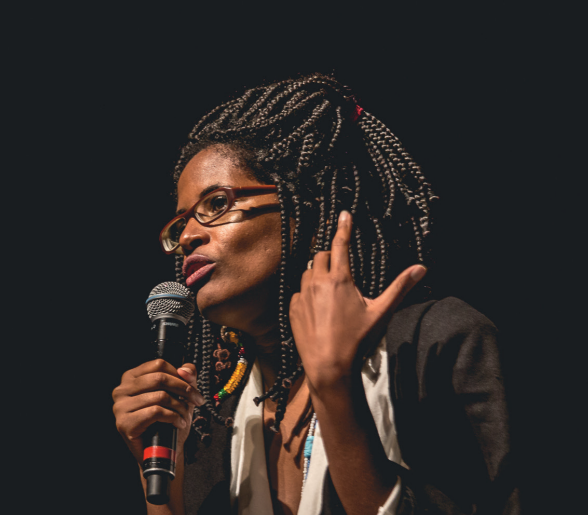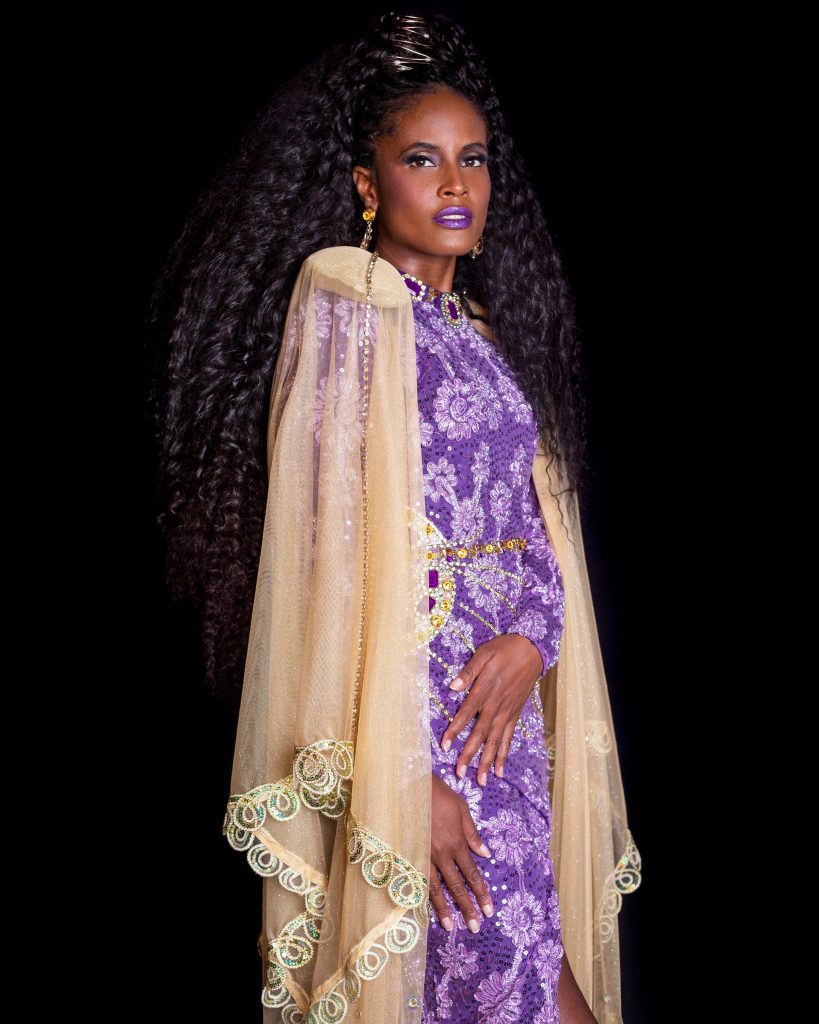Orixás series – Logun Edé Teaches Us That We Can Be Multiple Things at the Same Time

This orixá represents the integration of his parents’ qualities and highlights the importance of the “and” in Afro-Brazilian cultural heritage.
In recent weeks, this column has explored the stories of the orixás. The series, which has already covered Oxaguiã, Iansã, Oxóssi, and Oxum, aims to bring readers closer to Yoruba mythology.
I am interested in expanding analytical perspectives based on the lessons and archetypes of this mythology. Moreover, in times of religious intolerance, I believe this dialogue is crucial in breaking down prejudices.
Discussing the stories of the orixás also means discussing the practice of Candomblé. Its myths, rituals, and social structures reflect this heritage while incorporating influences from other cultures that shape the Afro-Brazilian religious experience.
In Brazil, the beliefs and religious practices of different enslaved peoples merged, creating connections with Indigenous perspectives and European religions. This fusion gave rise to Candomblé and Umbanda, faiths that are unique and distinctly Brazilian.
This week’s column focuses on the orixá who is the child of Oxóssi, the lord of the forest and the hunt, and Oxum, the deity of waterfalls. From their union was born Logun Edé, a prince orixá who, from an early age, displayed unique abilities and characteristics.
It is said that where there is a waterfall, there is a forest, and Logun Edé governs this bond. According to one of his itãs, when he was still a child, Oxum and Oxóssi argued over who should raise him. Oxum wanted her son to learn the wisdom of the waters, while Oxóssi wanted him to become a great hunter and protector of the forests. To resolve this, they agreed that Logun Edé would spend six months of the year with each of them, absorbing both of their teachings.
During the six months he spent with his mother, Oxum, Logun Edé learned about the mystery and generosity of freshwater. He became a creative and affectionate young man, capable of extraordinary achievements. In rivers and waterfalls, he felt at home, developing a deep connection with the magic flowing through the waters.
In the six months he spent with his father, Oxóssi, Logun Edé learned the art of hunting. He became an exceptional archer and fisherman, moving silently through the forest. Under Oxóssi’s guidance, he developed strategy and skill in battle.
As he grew, it became evident that he was a perfect blend of his parents’ qualities. He possessed the wisdom, sensitivity, and beauty of Oxum’s waters, as well as the precision, method, and abundance of Oxóssi’s hunt. Logun Edé became a versatile and powerful orixá, capable of bringing both prosperity and protection. As people say about him, he is the “young orixá whom even the elders respect.”
Thus, Logun Edé embodies the integration of his parents’ qualities while also highlighting the importance of “and” in Afro-Brazilian cultural and spiritual heritage. He teaches us that we can be multiple things at the same time—water and forest, sensitivity and detachment, arrow and mirror.
As an orixá of many faces, the descriptions about him are diverse. Duality is at the heart of his interpretation, opening space for discussions on sexuality and the multiple ways of being. In this sense, a modern understanding of Logun Edé has gained traction in terreiros, portraying him as an orixá that challenges traditional gender norms and offers new perspectives on identity complexity.
As the child of both the forest and the waters, Logun Edé also demonstrates the importance of lineage in Candomblé, as argued by Professor Sidnei Nogueira. In this perspective, being a son or daughter—whether by birth, adoption, upbringing, or spiritual initiation—forms an intimate, symbiotic bond with one’s ancestry.
In a terreiro, just like in the homes of mothers and grandmothers across much of the Black Brazilian population, one asks for the blessing of elders upon arrival and departure. Seniority is a place of respect and wisdom, where following the guidance of elders is believed to bring good fortune to the younger ones.
As the youngest orixá, Logun Edé is associated with lightness, playfulness, and the joy of children and youth. We greet each other with “Loci loci!”, and to this young hunter, we dedicate festivals, offerings, songs, and dances.
In the next column, we will continue this reflection with a female hunting orixá. See you then!
Originally published in Portuguese in the August 2, 2024 column of Folha de S. Paulo.
Related articles

December 21, 2022
Djamila Ribeiro launches new website

December 21, 2022
Djamila Ribeiro is on the cover of Forbes Life

February 24, 2023
Djamila Ribeiro is the highlight of Mangueira at Carnival 2023
